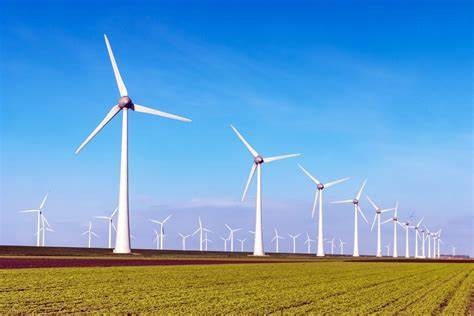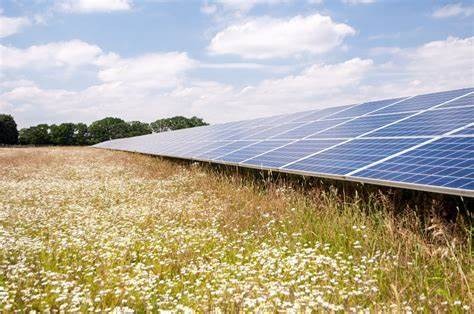
Net-Zero Transition: Global Assets under
Management rising to $145.4 Trillion by 2025.
The UN-Convened Net-Zero Asset Owner Alliance in its third annual Progress Report, has demonstrated an increased climate action globally. It is however, while requiring public policy implementation to accelerate the unlocking of capital flow towards the net-zero transition. According to the Alliance, the growing membership of the Alliance from 12 to 86 in the last one year has shown the growth to US$ 9.5 trillion AuM with US$8.4 Trillion assets under management (AuM) by 69 of its members with intermediate climate targets based on the IPCC’s zero and low emissions scenarios. The includes increased ambition across sector targets for several hard-to-abate sectors leading to total absolute financed greenhouse gas emissions reduction of 3.5% to 213.4 million tons of carbon dioxide equivalent in 2022, compared to 221.2 in 2021. Other potential drivers of the change, includes real-world emissions reductions, changes in fiscal allocations, and inter-sectoral divestments. The Alliance sets sub-portfolio targets for its members to cover corporate debt, listed equity, and directly held real estate, within the carbon reduction ranges under its protocol which 22%-32% for 2025 and 40%-60% for 2030. They set at least one intermediate target for climate solution investments, and in 2023, the investment value in climate solutions was $380.6 billion, mostly for investments related to buildings and energy sectors. The Alliance notes that given continued barriers to mobilizing private capital at scale, effective climate action will require strong political commitments and clear action plans across multilevel policy domains. Consequently, government is needed in implementing and accelerating policies to unlock the flow of capital towards net-zero transition.
Low-Carbon Transition and Stranded Fossil Fuel Assets
A careful management of assets requires a careful utilization of information that are material to the security's value, including carbon, in the management of the assets. As the world steadily grows into a low carbon economic space, the value of all fossil fuel assets will come under intense risk. Within the period, 2018–50 period, it is expected that global fossil fuel wealth may dip US$4.4 trillion to US$6.2 trillion, or 13 to 18 percent lower than in the reference scenario, depending on ambition levels. The risk distribution across countries, fuels and asset owners will depend on the fuel type, costs of production or importation as well as other market power dynamics and the exposure to other economy-wide risks. It will also depend on the policy schemes – whether it is antagonistic or otherwise and the balance between continued emission scenarios and border carbon adjustments taxes. This may also benefit net fuel importing countries using some incentives to mobilize climate action policies including BCAT against fuel exporters to encourage their cooperation, leading to the oil wealth benefits to excite cooperative climate action. However, net gas exporters may continue in beneficial free riding and the border carbon adjustment taxes (BCATs). The higher risk is that the environment of high-carbon prices would eventually significantly reduce the wealth of high carbon economies, whether by co-operation or not. On the other hand, lower-income, fragile, and conflict-affected fossil fuel producers will totter in subsistence assistance in the low-carbon transition era. This will also be due to their inability to convert their fossil energy wealth to generate manufacturing sector capacity and capital and probable limited supporting alternative assets like human population and other natural resource to underpin its economic productivity and growth.
